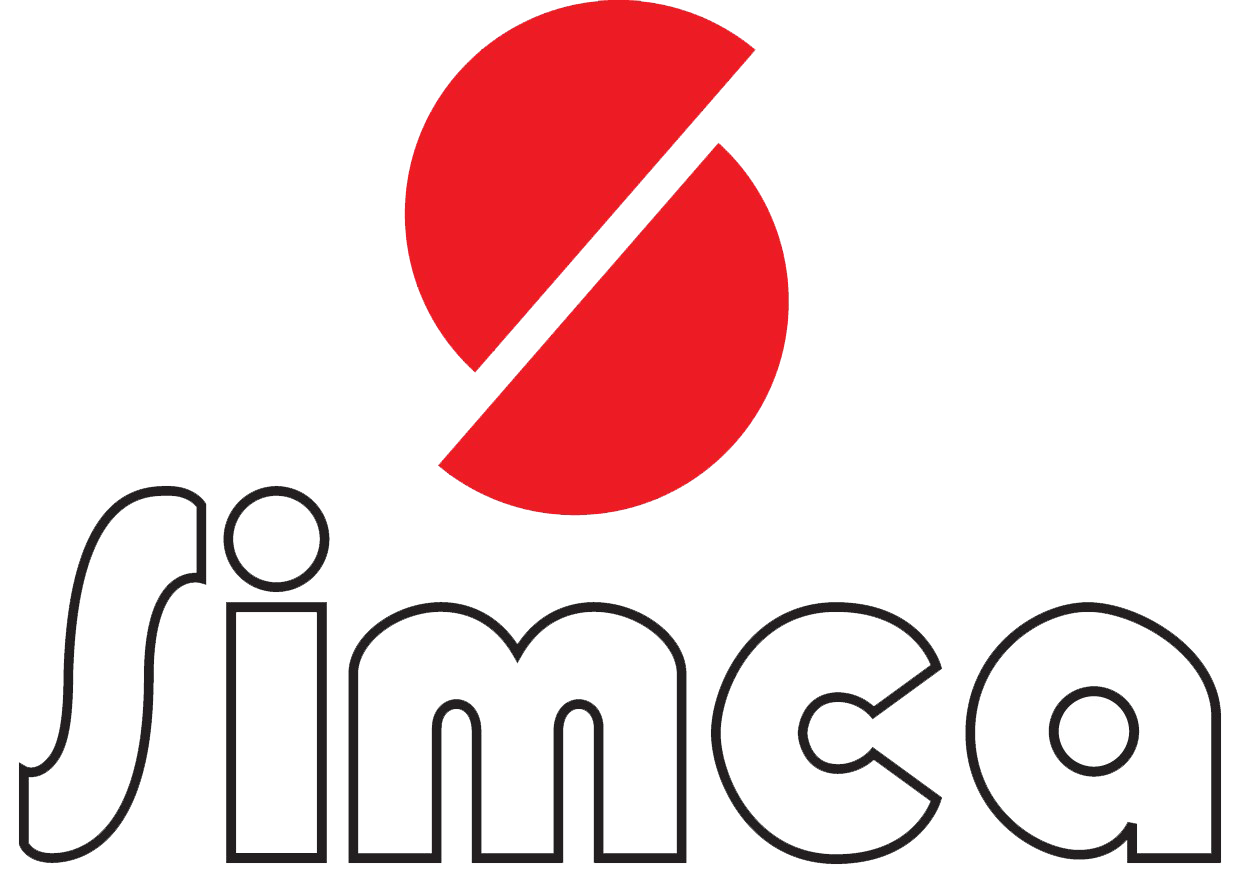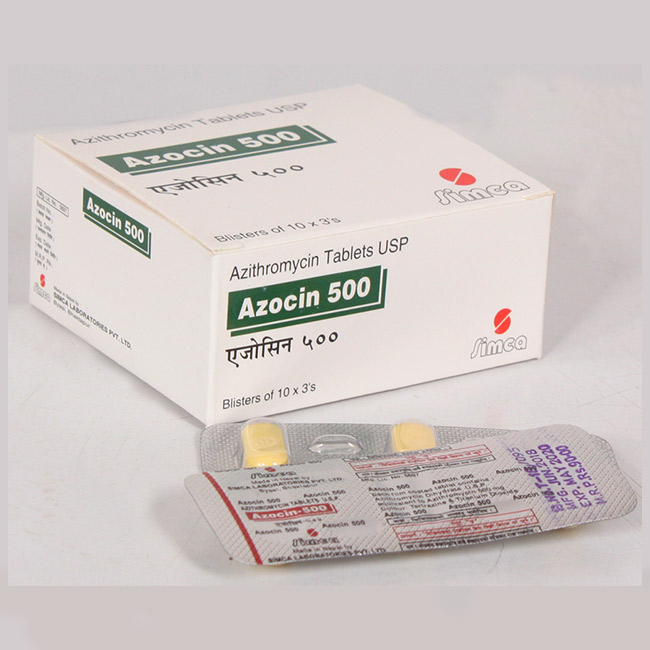Azocin
General Introduction
Azithromycin is a broad-spectrum macrolide antibiotic.
Therapeutic Category
- Macrolide antibiotics
Dosage forms available
- AZOCIN 500mg Tablets
Mechanism of action
- Azithromycin shows its anti-bacterial properties by binding to the 23S rRNA of the bacterial 50S ribosomal subunit. It stops bacterial protein synthesis by inhibiting the transpeptidation/translocation step of protein synthesis and by inhibiting the assembly of the 50S ribosomal subunit.
Pharmacokinetics
- Absorption: Absorption not affected by food, oral bioavailability 37%,
- Distribution: Widely distributed throughout the tissues with apparent volume of distribution of 31.1 L/Kg.
- Metabolism: metabolized in liver
- Elimination: excreted via urine, biliary excretion.
- Half-life: elimination half life is 68 hours
Uses
- Pharyngitis
- Sinusitis
- Tonsillitis
- Pneumonia
- Nonspecific urethritis
- Donovanosis
- Typhoid in patients allergic to cephalosporins
Dose
- 500mg tablets once a day for upto 3-5 days maximum upto a week to 10 days
Side effects
- Anorexia, Constipation, dyspepsia, flatulence, urticaria, edema, fatigue, malaise, anaphylaxis, acute renal failure, hepatic necrosis, hearing disturbances, dizziness, headache
Contraindications
- Hypersensitivity to azithromycin, any macrolide antibiotic, or erythromycin.
Drug Interactions
Aluminum- and magnesium-containing antacids, Cyclosporine, HMG-CoA reductase inhibitors,
Precautions
- Patients with impaired hepatic or renal function and during lactation.
- Safety and efficacy for acute otitis media have not been determined in children less than 6 months of age or for pharyngitis/tonsillitis in children less than 2 years of age.
Pregnancy Category: B
Advantages
- Azithromycin is highly stable at a low pH, giving it a longer serum half-life and increasing its concentrations in tissues compared to erythromycin.
- AZOCIN has minimal adverse reaction and superior gastrointestinal tolerability.


